Beginning in 2024, 529 plan holders can roll their accounts into Roth IRAs without paying taxes or penalties. Having unused or leftover funds in a 529 plan account has been welcome news for many families. Here’s what to know when it comes to 529 to Roth IRA Rollovers.
The rollover provisions were included in Section 126 of the SECURE 2.0 Act, a part of the Consolidated Appropriations Act of 2023 (CAA) signed into law in December 2022.
What’s Changed?
If beneficiaries or owners of 529 plans wanted to withdraw funds for non-qualified education expenses before SECURE 2.0, they had to make a non-qualified withdrawal. Non-qualified withdrawals are taxed on earnings and are subject to a 10% penalty.
Starting January 1, 2024, 529 plan owners and beneficiaries could start to roll over 529 funds into a Roth IRA without incurring taxes or penalties, subject to specific limitations we have listed below. If you qualify, this option can help jump-start your beneficiary’s retirement savings. The 529 plan industry is currently seeking clarification and guidance on several ambiguous areas of the statute that are open to interpretation. Nonetheless, most 529 plans are now processing rollover requests.
Qualifications and Limitations
- It is only possible to rollover money to a Roth IRA of the beneficiary of the 529 plan, not to the owner of the 529 plan (if this is different).
- A 529 account must have existed for at least 15 years before rolling funds over to a Roth IRA. Individuals are prohibited from establishing 529 accounts and funding them to immediately roll the funds over into Roth IRAs.
- Rollover treatment does not apply to 529 contributions and earnings made in the last five years. In a similar manner to the 15-year rule, this requirement prevents the funding of an existing 529 account from transferring funds immediately to a Roth IRA.
- There is a lifetime maximum of $35,000 that can be rolled over from a 529 account to a Roth IRA per beneficiary (not per owner). This limit is not inflation indexed.
- The maximum annual 529 rollover is limited to the amount that can be contributed to an IRA during that year. The IRA contribution limit for 2024 is $7,000 ($8,000 for beneficiaries over 50). Furthermore, any actual contributions to a traditional or Roth IRA for that year reduce the amount eligible for rollover. By making direct contributions to a Roth IRA or a traditional IRA and rolling 529 funds into a Roth IRA, you cannot “double dip.” Consequently, the maximum lifetime rollover of $35,000 to a Roth IRA must be divided over several years.
It’s important to note that even if all the conditions outlined above are met, the beneficiary must have compensation (at least the amount being rolled over) to qualify for making a Roth contribution. Though individuals are prohibited from making regular (direct) Roth IRA contributions once their modified Adjusted Gross Income (MAGI) exceeds a threshold, this restriction does not apply to 529-Roth IRA rollovers.
When to Convert 529 Funds to a Roth IRA?
Moving 529 funds to a Roth IRA for a beneficiary can simplify retirement saving. However, there’s no need to hurry. In addition to unclear guidelines for 529 plan managers, it’s uncertain whether all states will consider these rollovers as tax-deductible expenses. Some states will need to update their laws to classify these rollovers as a qualified expense, while others may choose not to do so.
If your state does not classify 529 to Roth IRA rollovers as a qualified expense, consult your plan administrator or tax advisor first to understand any potential consequences. Remember, you have other options for leftover 529 funds, such as keeping the money in the 529 for graduate school or changing the beneficiary.
The new rules enhance the flexibility of 529 plans, giving families an additional incentive to save for college without worrying if their child decides not to attend. While limits still apply, this is a significant step toward encouraging families to utilize 529 plans for college savings. Should you need any clarification, please reach out to our team and we can help advise you on this new change.
Please remember to contact BentOak Capital (“BentOak”), in writing, if there are any changes in your personal/financial situation or investment objectives for the purpose of reviewing/evaluating/revising our previous recommendations and/or services, or if you want to impose, add, to modify any reasonable restrictions to our investment advisory services, or if you wish to direct that BentOak to effect any specific transactions for your account. A copy of our current written disclosure Brochure discussing our advisory services and fees continues to remain available upon request or at www.bentoakcapital.com.
This information is not intended to be a substitute for specific individualized tax advice. We suggest that you discuss your specific tax issues with a qualified tax advisor.
The opinions voiced in this material are for general information only and are not intended to provide specific advice or recommendations for any individual. All performance referenced is historical and is no guarantee of future results. All indices are unmanaged and may not be invested into directly.
Securities offered through LPL Financial, Member: FINRA/SIPC. Investment advice offered through BentOak Capital, a registered investment advisor and separate entity from LPL Financial.







